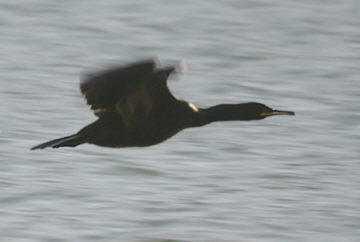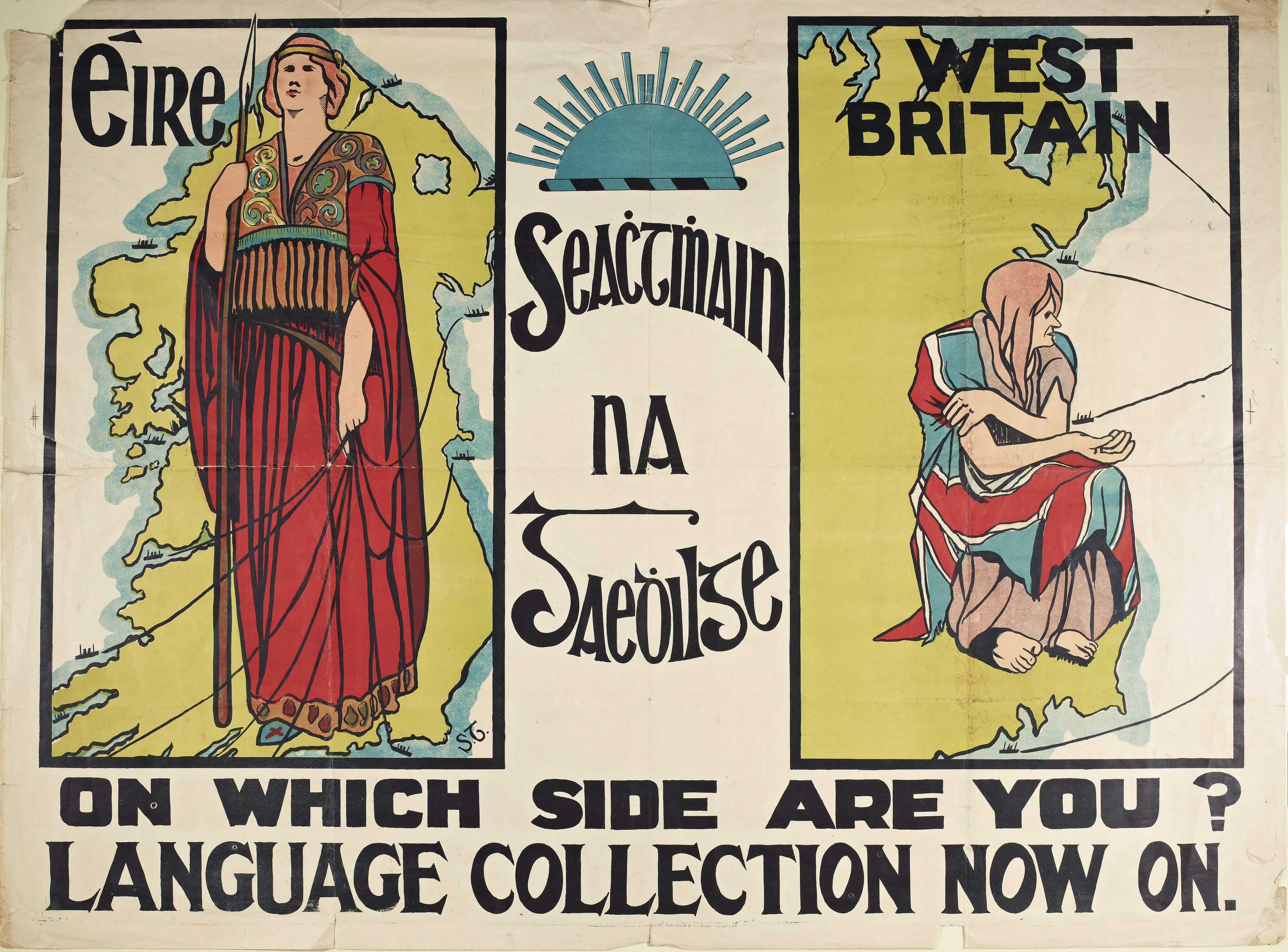|
European Shag
The European shag or common shag (''Gulosus aristotelis'') is a species of cormorant. It is the only member of the monotypic genus ''Gulosus''. It breeds around the rocky coasts of western and southern Europe, southwest Asia and north Africa, mainly wintering in its breeding range except for the northernmost birds. In Britain this seabird is usually referred to as simply the shag. The scientific genus name derives from the Latin for glutton. The species name ''aristotelis'' commemorates the Greek philosopher Aristotle. Taxonomy The European shag was formerly classified within the genus '' Phalacrocorax'', but a 2014 study found it to be significantly more diverged than the clade containing '' Phalacrocorax'' and '' Urile'', but basal to the clade containing '' Nannopterum'' and '' Leucocarbo'', and thus classified it in its own genus, ''Gulosus''. The IOC followed this classification in 2021. ''Gulosus'' is thought to have split from the ''Nannopterum''-''Leucocarbo'' clade ... [...More Info...] [...Related Items...] OR: [Wikipedia] [Google] [Baidu] |
George Montagu (naturalist)
George Montagu (1753 – 20 June 1815) was an English army officer and naturalist. He was known for his pioneering ''Ornithological Dictionary'' of 1802, which for the first time accurately defined the status of Britain's birds. He is remembered today for species such as the Montagu's harrier, named for him. Life and work George Montagu was born to James Montagu (1713–1790), who was great-great-grandson of Lord James Montagu (d. 1665), who was younger son of Henry Montagu, 1st Earl of Manchester. Montagu is best known for his ''Ornithological Dictionary'' (1802) and his contributions to early knowledge of British birds. He showed that many previously accepted species were invalid, either because they were birds in summer or winter plumage or males and females of the same species. His study of harriers resulted in the discovery that the Montagu's harrier was breeding in southern England. He was also involved in the first British records of cirl bunting, whose breeding ra ... [...More Info...] [...Related Items...] OR: [Wikipedia] [Google] [Baidu] |
Subspecies
In biological classification, subspecies is a rank below species, used for populations that live in different areas and vary in size, shape, or other physical characteristics ( morphology), but that can successfully interbreed. Not all species have subspecies, but for those that do there must be at least two. Subspecies is abbreviated subsp. or ssp. and the singular and plural forms are the same ("the subspecies is" or "the subspecies are"). In zoology, under the International Code of Zoological Nomenclature, the subspecies is the only taxonomic rank below that of species that can receive a name. In botany and mycology, under the International Code of Nomenclature for algae, fungi, and plants, other infraspecific ranks, such as variety, may be named. In bacteriology and virology, under standard bacterial nomenclature and virus nomenclature, there are recommendations but not strict requirements for recognizing other important infraspecific ranks. A taxonomist decides w ... [...More Info...] [...Related Items...] OR: [Wikipedia] [Google] [Baidu] |
Snag Diving
Seachtain na Gaeilge (English: ''Irish language week''), known for sponsorship purposes as Seachtain na Gaeilge le Energia, is an annual international festival promoting the Irish language and culture, both in Ireland and all around the world. Established in 1902, it is the biggest Irish language festival in the world, reaching over 1 million people on 5 continents each year. Events The festival lasts seventeen days and begins on St. David's Day on 1 March and runs until St Patrick's Day on 17 March each year, with community-organised events celebrated all over Ireland and the world, such as céilís, concerts, quizzes, competitions and parades. Many sporting events are organised during Seachtain na Gaeilge. In 2018, Seachtain na Gaeilge le Energia coincided with Rith. History Seachtain na Gaeilge was founded as part of the Gaelic Revival by Conradh na Gaeilge in 1902, and has gone from strength to strength in recent years. Like its earliest Irish ancestors, the 14th-centu ... [...More Info...] [...Related Items...] OR: [Wikipedia] [Google] [Baidu] |
Sand Eel
Sand eel or sandeel is the common name used for a considerable number of species of fish. While they are not true eels, they are eel-like in their appearance and can grow up to in length. Many species are found off the western coasts of Europe from Spain to Scotland, and in the Mediterranean and Baltic seas. Sand eels are an important food source for seabirds, including puffins and kittiwakes. They are a commercially important for the production of fish meal and made up 4% of fish globally caught for fish meal production (behind anchovy, capelin and blue whiting) between 1997 and 2001. Habitat The preferential habitat for sand eels is a seabed floor, with a relatively smooth bottom of gravelly sand; an example of this prime habitat is the floor of the Sea of the Hebrides. Sand eel species Most sand eels are sea fish of the genera '' Hyperoplus'' (greater sand eels), '' Gymnammodytes'' or '' Ammodytes''. The three genera listed above all fall within the family Ammodytidae, ... [...More Info...] [...Related Items...] OR: [Wikipedia] [Google] [Baidu] |
Benthic Zone
The benthic zone is the ecological region at the lowest level of a body of water such as an ocean, lake, or stream, including the sediment surface and some sub-surface layers. The name comes from ancient Greek, βένθος (bénthos), meaning "the depths." Organisms living in this zone are called benthos and include microorganisms (e.g., bacteria and fungi) as well as larger invertebrates, such as crustaceans and polychaetes. Organisms here generally live in close relationship with the substrate and many are permanently attached to the bottom. The benthic boundary layer, which includes the bottom layer of water and the uppermost layer of sediment directly influenced by the overlying water, is an integral part of the benthic zone, as it greatly influences the biological activity that takes place there. Examples of contact soil layers include sand bottoms, rocky outcrops, coral, and bay mud. Description Oceans The benthic region of the ocean begins at the shore line ... [...More Info...] [...Related Items...] OR: [Wikipedia] [Google] [Baidu] |
Depth Gauge
A depth gauge is an instrument for measuring depth below a reference surface. They include depth gauges for underwater diving and similar applications, and engineering instruments used to measure the depth of holes and indentations from a reference surface. A diving depth gauge is a pressure gauge that displays the equivalent depth below the free surface in water. The relationship between depth and pressure is linear and accurate enough for most practical purposes, and for many purposes, such as diving, it is actually the pressure that is important. It is a piece of diving equipment used by underwater divers, submarines and submersibles. Most modern diving depth gauges have an electronic mechanism and digital display. Earlier types used a mechanical mechanism and analogue display. Digital depth gauges used by divers commonly also include a timer showing the interval of time that the diver has been submerged. Some show the diver's rate of ascent and descent, which can be is ... [...More Info...] [...Related Items...] OR: [Wikipedia] [Google] [Baidu] |
Fish
Fish are aquatic, craniate, gill-bearing animals that lack limbs with digits. Included in this definition are the living hagfish, lampreys, and cartilaginous and bony fish as well as various extinct related groups. Approximately 95% of living fish species are ray-finned fish, belonging to the class Actinopterygii, with around 99% of those being teleosts. The earliest organisms that can be classified as fish were soft-bodied chordates that first appeared during the Cambrian period. Although they lacked a true spine, they possessed notochords which allowed them to be more agile than their invertebrate counterparts. Fish would continue to evolve through the Paleozoic era, diversifying into a wide variety of forms. Many fish of the Paleozoic developed external armor that protected them from predators. The first fish with jaws appeared in the Silurian period, after which many (such as sharks) became formidable marine predators rather than just the prey of arthrop ... [...More Info...] [...Related Items...] OR: [Wikipedia] [Google] [Baidu] |
Feather
Feathers are epidermal growths that form a distinctive outer covering, or plumage, on both avian (bird) and some non-avian dinosaurs and other archosaurs. They are the most complex integumentary structures found in vertebrates and a premier example of a complex evolutionary novelty. They are among the characteristics that distinguish the extant birds from other living groups. Although feathers cover most of the bird's body, they arise only from certain well-defined tracts on the skin. They aid in flight, thermal insulation, and waterproofing. In addition, coloration helps in communication and protection. Plumology (or plumage science) is the name for the science that is associated with the study of feathers. Feathers have a number of utilitarian, cultural, and religious uses. Feathers are both soft and excellent at trapping heat; thus, they are sometimes used in high-class bedding, especially pillows, blankets, and mattresses. They are also used as filling for winter ... [...More Info...] [...Related Items...] OR: [Wikipedia] [Google] [Baidu] |
Great Cormorant
The great cormorant (''Phalacrocorax carbo''), known as the black shag in New Zealand and formerly also known as the great black cormorant across the Northern Hemisphere, the black cormorant in Australia, and the large cormorant in India, is a widespread member of the cormorant family of seabirds. The genus name is Latinised Ancient Greek, from φαλακρός (''phalakros'', "bald") and κόραξ (''korax'', "raven"), and ''carbo'' is Latin for "charcoal". It breeds in much of the Old World, Australia, and the Atlantic coast of North America. Taxonomy and etymology The long white-breasted cormorant ''P. c. lucidus'' found in sub-Saharan Africa, has a white neck and breast. It is often treated as a full species, ''Phalacrocorax lucidus'' (e.g. , ). In addition to the Australasian and African forms, ''Phalacrocorax carbo novaehollandiae'' and ''P. c. lucidus'' mentioned above, other geographically distinct subspecies are recognised, including ''P. c. sinensis'' (western Europ ... [...More Info...] [...Related Items...] OR: [Wikipedia] [Google] [Baidu] |
Bird
Birds are a group of warm-blooded vertebrates constituting the class Aves (), characterised by feathers, toothless beaked jaws, the laying of hard-shelled eggs, a high metabolic rate, a four-chambered heart, and a strong yet lightweight skeleton. Birds live worldwide and range in size from the bee hummingbird to the ostrich. There are about ten thousand living species, more than half of which are passerine, or "perching" birds. Birds have whose development varies according to species; the only known groups without wings are the extinct moa and elephant birds. Wings, which are modified forelimbs, gave birds the ability to fly, although further evolution has led to the loss of flight in some birds, including ratites, penguins, and diverse endemic island species. The digestive and respiratory systems of birds are also uniquely adapted for flight. Some bird species of aquatic environments, particularly seabirds and some waterbirds, have further evolved for swimm ... [...More Info...] [...Related Items...] OR: [Wikipedia] [Google] [Baidu] |
Ernst Hartert
Ernst Johann Otto Hartert (29 October 1859 – 11 November 1933) was a widely published German ornithologist. Life and career Hartert was born in Hamburg, Germany on 29 October 1859. In July 1891, he married the illustrator Claudia Bernadine Elisabeth Hartert in Frankfurt am Main, Germany, with whom he had a son named Joachim Karl (Charles) Hartert, (1893–1916), who was killed as an English soldier on the Somme. Together with his wife, he was the first to describe the blue-tailed Buffon hummingbird subspecies (''Chalybura buffonii intermedia'' Hartert, E & Hartert, C, 1894). The article ''On a collection of Humming Birds from Ecuador and Mexico'' appears to be their only joint publication. Hartert was employed by Walter Rothschild, 2nd Baron Rothschild as ornithological curator of Rothshild's private Natural History Museum at Tring, in England from 1892 to 1929. Hartert published the quarterly museum periodical ''Novitates Zoologicae'' (1894–39) with Rothschild, and t ... [...More Info...] [...Related Items...] OR: [Wikipedia] [Google] [Baidu] |









.jpg)
